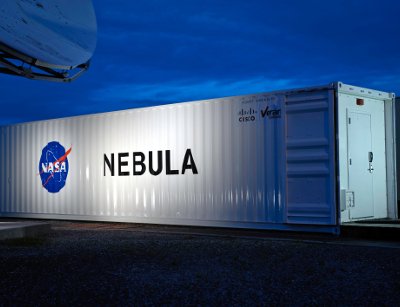The market for containerized data centers is expected to grow at a "very slow rate" over the next two or three years, according to a new report by market-research firm Research and Markets. The report came out of a survey of senior technical and business leaders across multiple geographic regions conducted by TechNavio.
Current growth in the market is largely driven by organizations’ need to improve disaster recovery capabilities and the analysts predict that this need will remain a key driver for containers. TechNavio conducted its survey across the Americas, EMEA and Asia-Pacific markets.
Growth in this market may be hindered by concerns over physical security as well as solution standardization, Research and Markets said in a statement announcing release of the report. Another possible hindrance may be quick technology evolution, which forces end users to delay equipment purchases.
Key preferred vendors in the space are HP, IBM and Dell, the survey concluded.
Although data center containers have attracted a lot of attention over the recent years, very little data is available on actual market adoption of the technology. The main appeal of the approach is quick deployment and a popular use has reportedly been quick capacity overspill.
In addition to the three aforementioned vendors, lots of companies joined the space during 2010. They include PDI, Bull, Colt and Toshiba. Cisco has also indicated it was building a container to support its Unified Computing System. When Toshiba announced its container product in November 2010, it estimated that the market would grow to US$240m in 2015.
US federal government has shown a lot of interest for data center containers. The US Department of Energy recently commissioned a researcher from one of its labs and a private consultant to create a containerized-data-center procurement guide for federal agencies.
The report, titled "Modular/container data centers procurement guide: optimizing for energy efficiency and quick deployment" came out in February.

